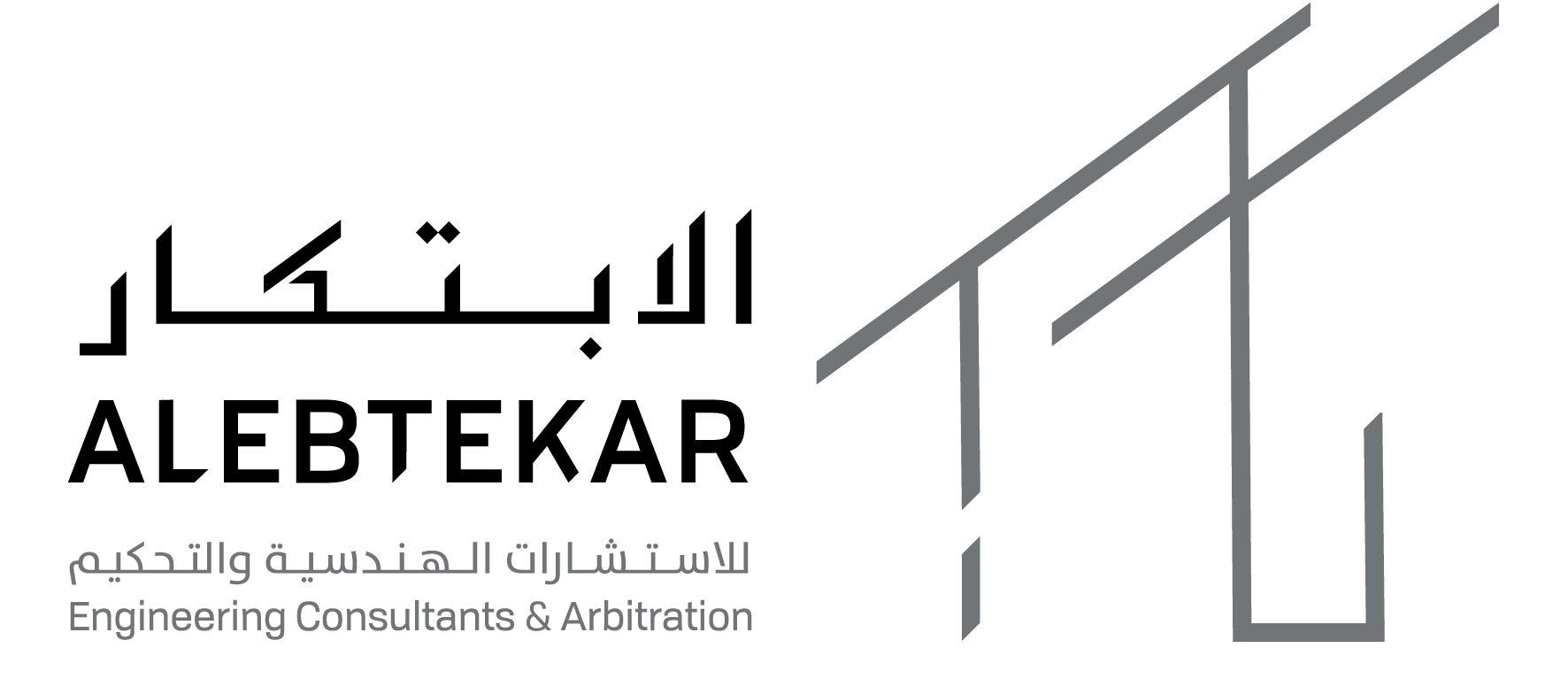In the world of engineering and construction, meticulous engineering plans and creative architects designs cannot come to life without a crucial element: supervision and execution follow-up. This role is not just a routine job; it’s a dynamic process that translates theoretical visions into tangible structures, ensuring that every part of the project, from the foundations to the smallest final details, complies with the highest standards of quality and safety. Ignoring the importance of supervision and execution follow-up can lead to severe consequences, including schedule delays, budget overruns, serious structural defects, and in the worst cases, accidents that could threaten the lives of workers or end-users.Supervision and execution follow-up acts as a guarantee that protects project owners’ investments and ensures their expectations are met. It serves as the vigilant eye over every step, the technical guide for every team, and the faithful guardian of material quality and procedure safety. In this article, we will delve into all aspects of this pivotal role, from strict quality assurance to complex team management, from employing advanced technology to reviewing real-world examples that confirm its utmost importance.
Supervision and Execution Follow-up: The Cornerstone of Quality Assurance
Quality is the true measure of any project’s success. To ensure that the final product meets or exceeds the required specifications, supervision and execution follow-up must be a systematic and comprehensive process that covers every project stage. Supervision focuses on several key axes to ensure quality:
Monitoring Materials and Resources: Before any material is used on-site, it must undergo a rigorous inspection process. The supervision team reviews conformity certificates and conducts laboratory tests to ensure that raw materials like cement, steel, sand, and aggregates comply with the technical specifications outlined in the contracts. For example, specific concrete tests like the Slump Test are conducted on-site to ensure its workability, and Compression Tests are performed in the lab to verify its strength after 28 days. These procedures prevent the use of substandard materials that could weaken the building’s structural integrity.
Monitoring Workmanship Quality: It’s not enough for materials to be good; the work itself must be executed with the highest level of craftsmanship. This includes ensuring that:
Concrete is poured correctly without air pockets.
Reinforcing steel is tied and installed according to engineering plans.
Electrical and mechanical networks are precisely extended to avoid future problems.
Finishing works, such as painting and installations, are done accurately to ensure a functional and aesthetic appearance.
Documentation and Report Management: Documentation is one of the most important tools of supervision and execution follow-up. Daily reports on work progress, Material Submittals, and Inspection Requests (IRs) submitted by the contractor are prepared. The supervision team reviews these requests and documents their acceptance or rejection, stating the technical reasons in case of rejection. Non-Conformance Reports (NCRs) are also prepared when a defect is discovered, ensuring the problem is corrected and doesn’t recur.
Advanced Quality Techniques: In addition to traditional inspections, modern supervision uses advanced technologies like Lidar scanning to compare as-built dimensions with design dimensions, revealing any deviations that might not be visible to the naked eye. High-resolution cameras are also used to monitor the quality of final finishing work.
Safety First: The Role of Supervision in Protecting Lives and Property
The safety of workers on site is a top priority that cannot be compromised. Here, the role of supervision and execution follow-up emerges as a protective shield that enforces safety regulations and ensures a safe work environment. The human and financial cost of accidents is far greater than any expenses added to the budget for implementing safety standards.
Developing and Implementing Safety Plans: Before any work begins, the supervision team participates in developing a comprehensive Health and Safety Plan that identifies potential risks and preventive measures. The plan includes procedures for handling:
Working at Heights: Ensuring all workers on scaffolds or elevated surfaces wear safety harnesses and use secure tie-off points.
Excavation and Collapse: Supervising deep excavations to ensure the safety of the sides and provide structural support to prevent ground collapses.
Electrical Hazards: Ensuring that all electrical connections are secured and that electrical tools and equipment are in good condition and used correctly.
Handling Heavy Machinery: The supervision ensures that operators are qualified, machinery undergoes periodic maintenance, and their movement paths are safe.
Training and Awareness: The role of supervision isn’t limited to monitoring; it extends to spreading awareness. Daily Toolbox Talks are held before work begins to explain the potential risks of the day and how to avoid them. It’s also ensured that all workers wear Personal Protective Equipment (PPE) such as helmets, safety shoes, glasses, and gloves.
Strict Oversight: Supervisors conduct regular inspection tours to detect any violations or unsafe practices. If a violation is found, immediate action is taken, including stopping work in the affected area and directing workers to rectify the situation before allowing them to resume. This strict oversight is what effectively reduces accidents and protects the lives of individuals.
Team Management and Coordination: The Supervisor as a Leader and Facilitator
A successful project is the result of harmonious work among multiple parties: the owner, the consultant, the main contractor, subcontractors, and suppliers. The task of managing this diversity and coordinating all parties falls on supervision and execution follow-up, making the supervisor a leader and a facilitator at the same time.
Managing Schedules: The supervision team continuously monitors work progress to ensure the contractor adheres to the specified timelines. In case of a delay, the supervisor analyzes the causes and develops remedial plans to speed up the work, while being careful not to compromise quality. This role saves the project from late penalties and financial losses.
Conflict Resolution: Disputes may arise between different parties, such as a disagreement between the contractor and a supplier over material quality, or a conflict between different work teams. Here, the supervisor steps in as a professional and objective arbiter to resolve issues in a way that protects everyone’s rights and ensures work continues without hindrance.
The Link Between Parties: The supervisor acts as the main communication channel between the contractor and the consultant or owner. They convey the contractor’s inquiries, clarify plans, and offer proposals to resolve technical issues on-site. This effective communication prevents misunderstandings and ensures all parties are working based on accurate and updated information.
Managing Change Orders: In any project, changes to the design or specifications may occur after execution begins. The supervisor evaluates these changes, ensures they align with the budget and schedule, and documents them officially to prevent future disputes over the scope of work or cost
Technology: Modern Tools for Supervision and Execution Follow-up
The construction industry has witnessed a technological revolution that has directly impacted the tools of supervision and execution follow-up. It is no longer limited to pen and paper but relies on advanced digital systems that increase efficiency and accuracy:
Building Information Modeling (BIM) Systems: BIM is a true revolution. It’s not just a 3D model, but an integrated database containing all project details: dimensions, materials, cost, and schedule. Supervisors can use BIM for Clash Detection between different systems like electrical and mechanical during the design phase, preventing costly on-site errors. BIM also allows supervisors to compare actual work progress with the virtual model to identify any delays or deviations.
Drones: Drones are used on large project sites for regular progress monitoring. They can capture high-resolution photos and videos of excavation, structure, and finishing works, providing supervisors with a comprehensive view of the site. They can also be used to conduct accurate topographical surveys and update maps instantly.
Project Management Apps: Cloud-based applications like Procore and PlanGrid provide platforms for supervisors to prepare daily reports, submit inspection requests, and manage documents directly from the site using their phones or tablets. This speeds up communication and reduces errors from manual documentation.
Artificial Intelligence (AI): The use of AI in supervision is evolving rapidly. AI-powered surveillance cameras can automatically identify workers not wearing personal protective equipment and send an immediate alert. AI algorithms can also analyze historical project data to predict potential challenges like supply delays or safety risks.
Real-World Examples: Supervision and Execution Follow-up in Major Projects
The importance of supervision and execution follow-up is highlighted when looking at giant engineering projects that pose unique challenges. Here are examples from the Saudi and global markets:
:From the Saudi Market
The Haramain High-Speed Railway Project: This project is one of the largest infrastructure projects in the Kingdom. Meticulous supervision and execution follow-up operations contributed to ensuring the high safety and quality of the railways, bridges, and stations, especially given the harsh climatic conditions and tight schedules.
NEOM Project: Given the immense scale and complex technologies used in this project, supervision and execution follow-up is crucial to ensure coordination among thousands of contractors and engineers from around the world, and to achieve the ambitious goals of Vision 2030.
Housing Projects under Vision 2030: The application of strict supervision standards on these projects has significantly raised the quality of construction, ensuring that the homes delivered to citizens comply with the highest standards of quality and sustainability.
:Global Examples
The Shard Skyscraper in London: Supervision and execution follow-up played a pivotal role in controlling complex safety challenges and difficult logistics, especially since the project was executed in a vital and densely populated area.
The Millau Viaduct in France: This bridge is an architectural masterpiece. Adherence to quality standards and strict oversight on every stage of construction, from concrete pouring to cable installation, was a major reason for its success and precision of completion.
Burj Khalifa in Dubai: This project faced unprecedented engineering challenges due to its immense height. The supervision and execution follow-up team was responsible for ensuring the structural integrity, monitoring material behavior under massive loads, and coordinating thousands of workers to achieve this global accomplishment.
Frequently Asked Questions about Supervision and Execution Follow-up
?Does supervision guarantee complete project quality
Yes, supervision and execution follow-up significantly reduces the likelihood of defects and ensures that any problem that appears is dealt with and resolved early before it escalates. No project is entirely free of errors, but effective supervision prevents these errors from becoming structural defects or issues that affect the final project’s safety and quality.
?Does supervision affect the project budget
Although supervision services add to the project cost, they save more money in the long run. By preventing errors, avoiding rework, and ensuring adherence to schedules, supervision prevents budget overruns that can result from defects or unplanned delays. It is an investment that ensures a return on investment.
?Can technology replace human supervisor
Technology cannot replace human supervision, but it is a powerful tool that enhances its efficiency. The human supervisor is still necessary for making technical decisions, evaluating complex situations, resolving disputes, and managing human relations on-site. Technology helps the supervisor work faster and more accurately, but it cannot replace them in the administrative and leadership aspects.
?What is the legal and administrative role of the supervisor
In many engineering contracts, the supervisor acts as the owner’s representative (Engineer’s Representative) and is responsible for managing the contract from a technical and administrative perspective. The supervisor reviews payment applications, manages change claims, and ensures the contractor’s compliance with contract terms. This legal role ensures that the owner’s rights are protected and that the project is executed according to the agreed-upon conditions.
Supervision in the Post-Execution Phase: Project Closeout
The role of supervision and execution follow-up doesn’t end with project handover. There is a crucial stage called the “Defects Liability Period.” During this period, the supervisor ensures that the contractor rectifies any defects or deficiencies that appear after the project is handed over. This stage guarantees that the owner receives a final product of high quality and one that conforms to specifications in the long term.
connect now
0540007320
920004058


